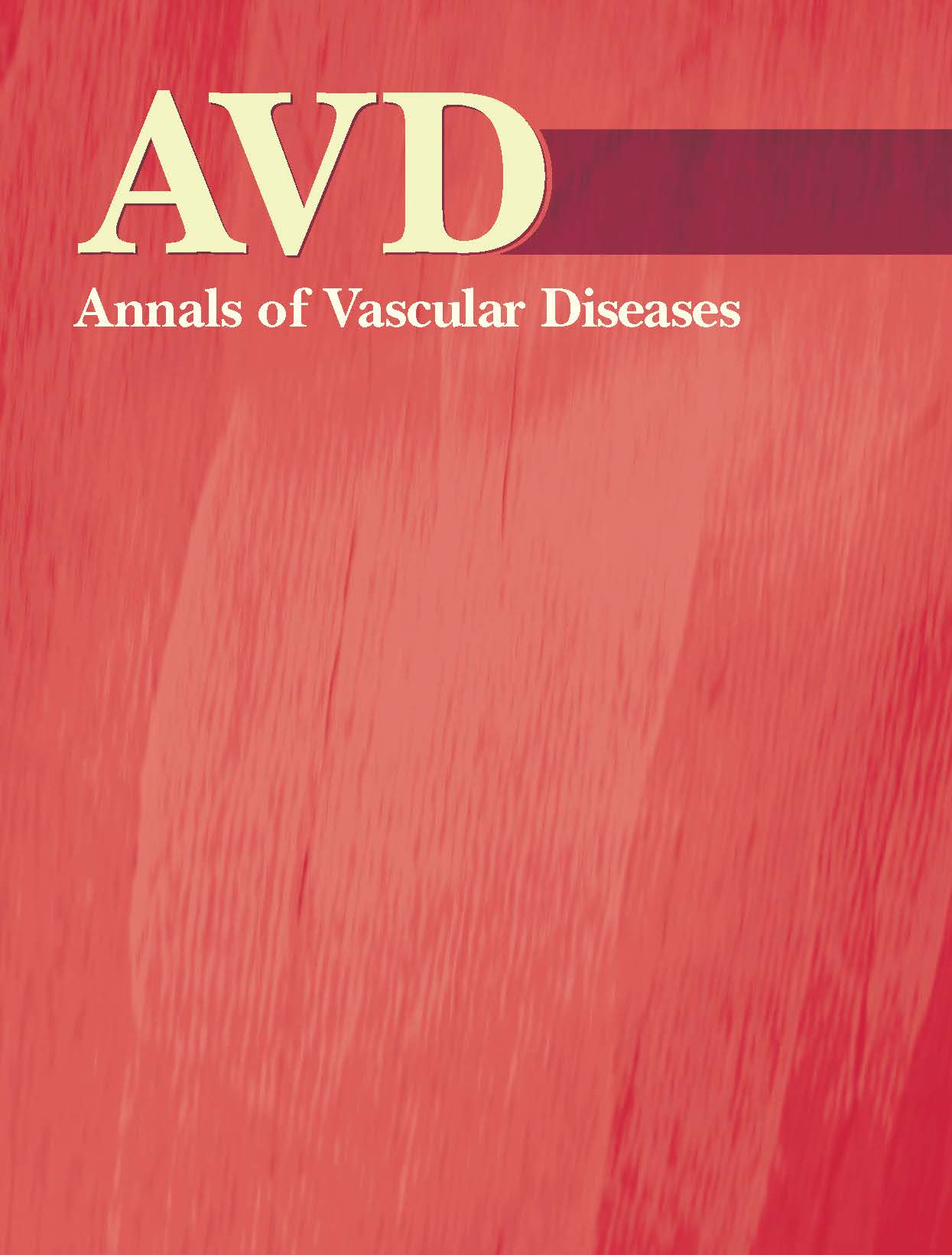Current issue
Displaying 1-13 of 13 articles from this issue
- |<
- <
- 1
- >
- >|
Original Article
-
2024 Volume 17 Issue 1 Pages 1-8
Published: 2024
Released on J-STAGE: March 25, 2024
Advance online publication: November 28, 2023Download PDF (460K) -
2024 Volume 17 Issue 1 Pages 9-13
Published: 2024
Released on J-STAGE: March 25, 2024
Advance online publication: December 15, 2023Download PDF (624K) -
2024 Volume 17 Issue 1 Pages 15-20
Published: 2024
Released on J-STAGE: March 25, 2024
Advance online publication: December 22, 2023Download PDF (753K) -
2024 Volume 17 Issue 1 Pages 21-24
Published: 2024
Released on J-STAGE: March 25, 2024
Advance online publication: December 08, 2023Download PDF (341K) -
2024 Volume 17 Issue 1 Pages 25-33
Published: 2024
Released on J-STAGE: March 25, 2024
Advance online publication: February 06, 2024Download PDF (845K) -
2024 Volume 17 Issue 1 Pages 35-41
Published: 2024
Released on J-STAGE: March 25, 2024
Advance online publication: February 10, 2024Download PDF (2077K)
Case Report
-
2024 Volume 17 Issue 1 Pages 43-49
Published: 2024
Released on J-STAGE: March 25, 2024
Advance online publication: December 05, 2023Download PDF (1724K) -
2024 Volume 17 Issue 1 Pages 51-54
Published: 2024
Released on J-STAGE: March 25, 2024
Advance online publication: November 28, 2023Download PDF (1034K) -
2024 Volume 17 Issue 1 Pages 55-58
Published: 2024
Released on J-STAGE: March 25, 2024
Advance online publication: January 17, 2024Download PDF (1447K) -
2024 Volume 17 Issue 1 Pages 59-62
Published: 2024
Released on J-STAGE: March 25, 2024
Advance online publication: January 12, 2024Download PDF (1600K) -
2024 Volume 17 Issue 1 Pages 63-68
Published: 2024
Released on J-STAGE: March 25, 2024
Advance online publication: January 25, 2024Download PDF (2178K) -
2024 Volume 17 Issue 1 Pages 69-71
Published: 2024
Released on J-STAGE: March 25, 2024
Advance online publication: February 09, 2024Download PDF (1007K)
Annual Report
-
2024 Volume 17 Issue 1 Pages 73-108
Published: 2024
Released on J-STAGE: March 25, 2024
Advance online publication: February 05, 2024Download PDF (1160K)
- |<
- <
- 1
- >
- >|
